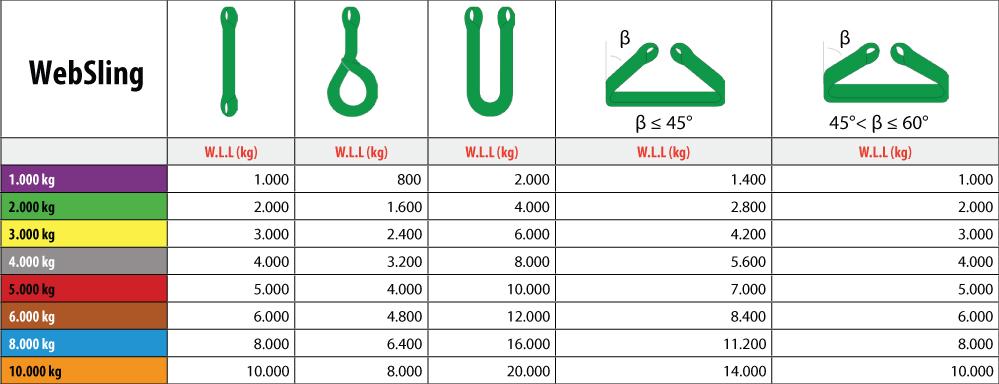| Width | 300mm |
| Type | MCC - Double Layer |
| Performance | HB300 |
| Material | Polyester |
| EN Standard | EN 1492-1 |
| Thickness | 7mm |
| Safety Factor | 7:1 |
| WLL | 10T |
- Light in weight, Flexible
- High in strength, therefore, it is easy to lift heavy weights with webbing slings.
- Have elevated durability
- Are resistant to twists and kinks.
- They comply with internationally accepted quality and testing norms.
- They are soft and resistant to scratches.
- They can be customized to the needs of the clients.
- The permissible limit to load lifting capacity should never be exceeded.
- The load should be secured well on the webbing slings. This will enhance control.
- At all costs, the webbing slings should be used always by considering the load weight, surface area and flexibility of the sling.
- They should always be sourced from the best company.
- They should always be tested for quality and safety before use.
- They should be periodically maintained.
- There should be periodic checks for damages and possible damages. In case of damage, they should be discarded.

Please use the links below to preview and download our product catalogue.
Download Unitex Catalogue English
Download Unitex Catalogue Romanian
For any additional information please contact us.
When using Webbing Slings
- Use only properly identified slings
- When lifting in a choker hitch, the angle of the choke should form naturally and not be forced
- The lifting device engaged by a soft eye should be smooth and of such a size that it does not stretch or tear the sewn joint at the throat
- Carry out the lift in such a way that the load is stable when several slings are needed. Distribute the load evenly among the slings and in such a way that the slings hang nearly vertical
- Store slings away from sunlight and other sources of ultraviolet radiation
- Inspect the sling before each lift. Look for surface chafe, cuts in the webbing, damage to the edges or chemical attack indicated by softening of the material and deterioration of the seams
